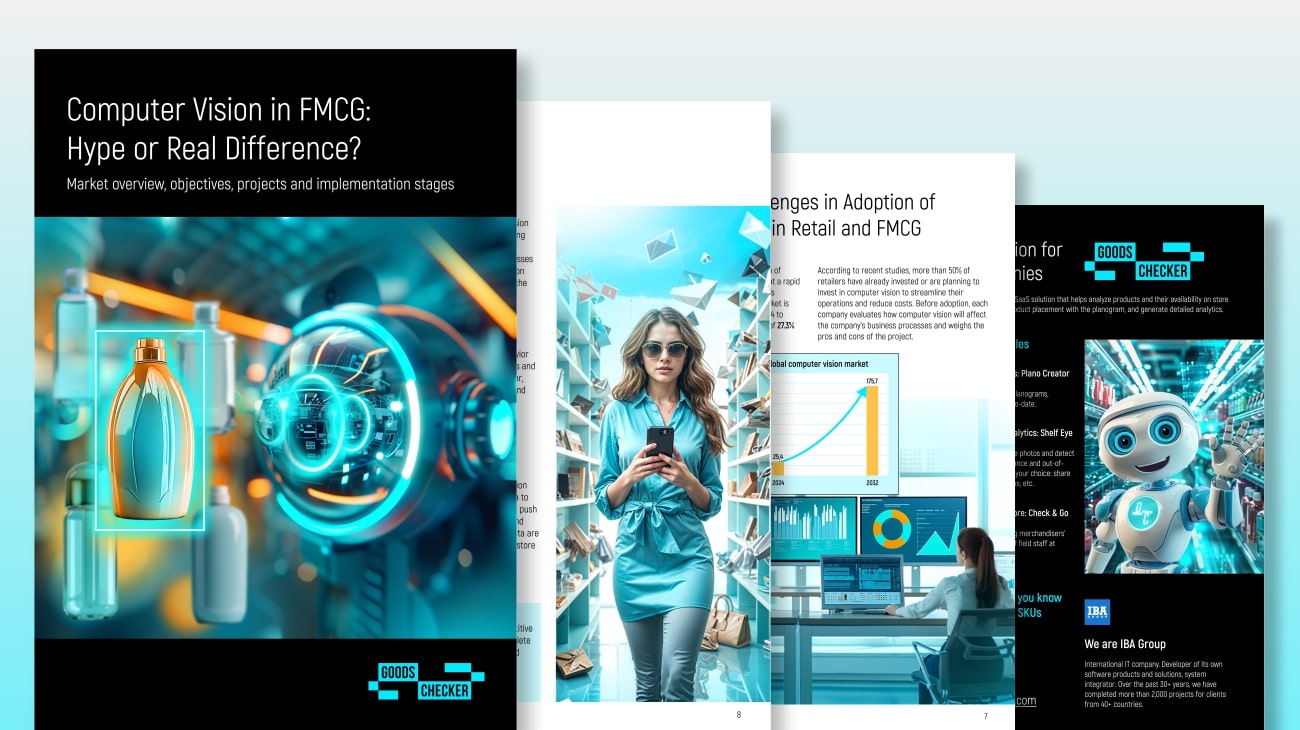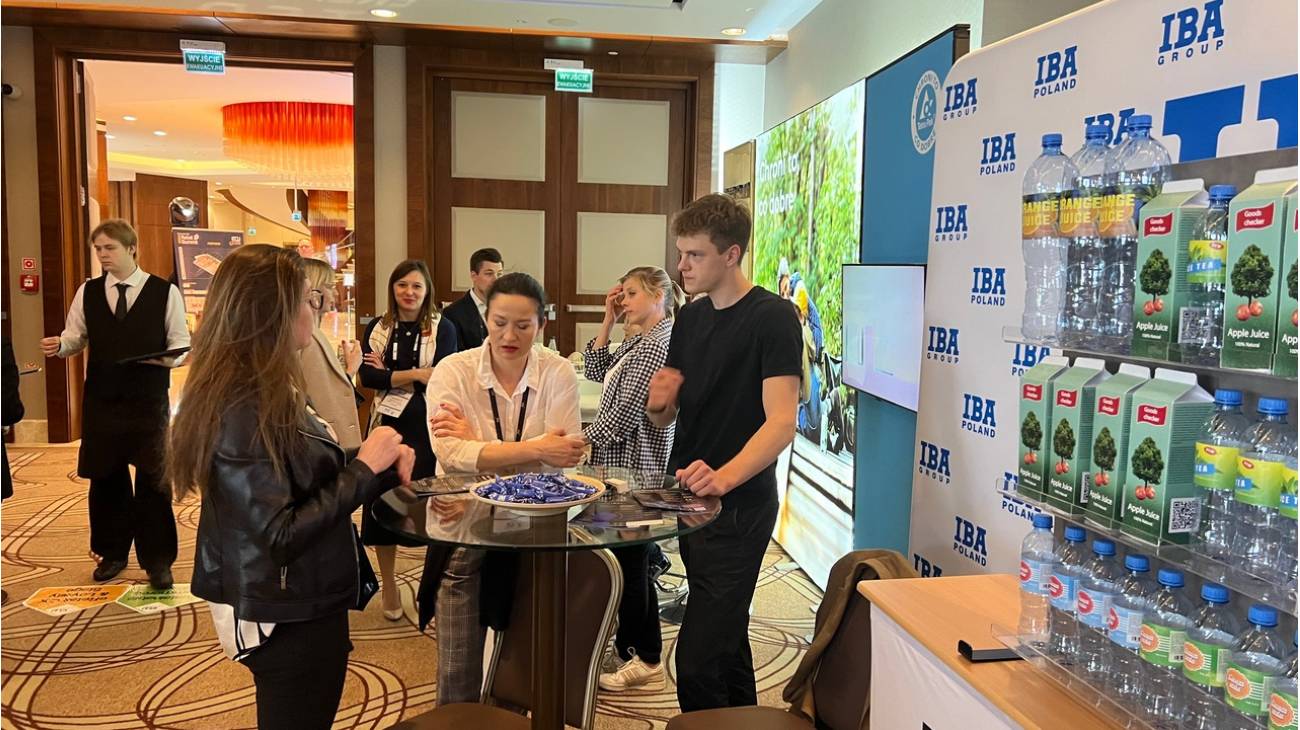Traditional methods of checking goods display for compliance with the planogram are time-consuming for employees: managers and merchandisers. The major consequence of such a process is its labor intensity and, therefore, low accuracy and irrelevance of analytical reports used as the basis for making assumptions about the success of a particular promotion strategy and for …
Every Minute Counts: How Neural Networks Save Managers’ Time Read More »









